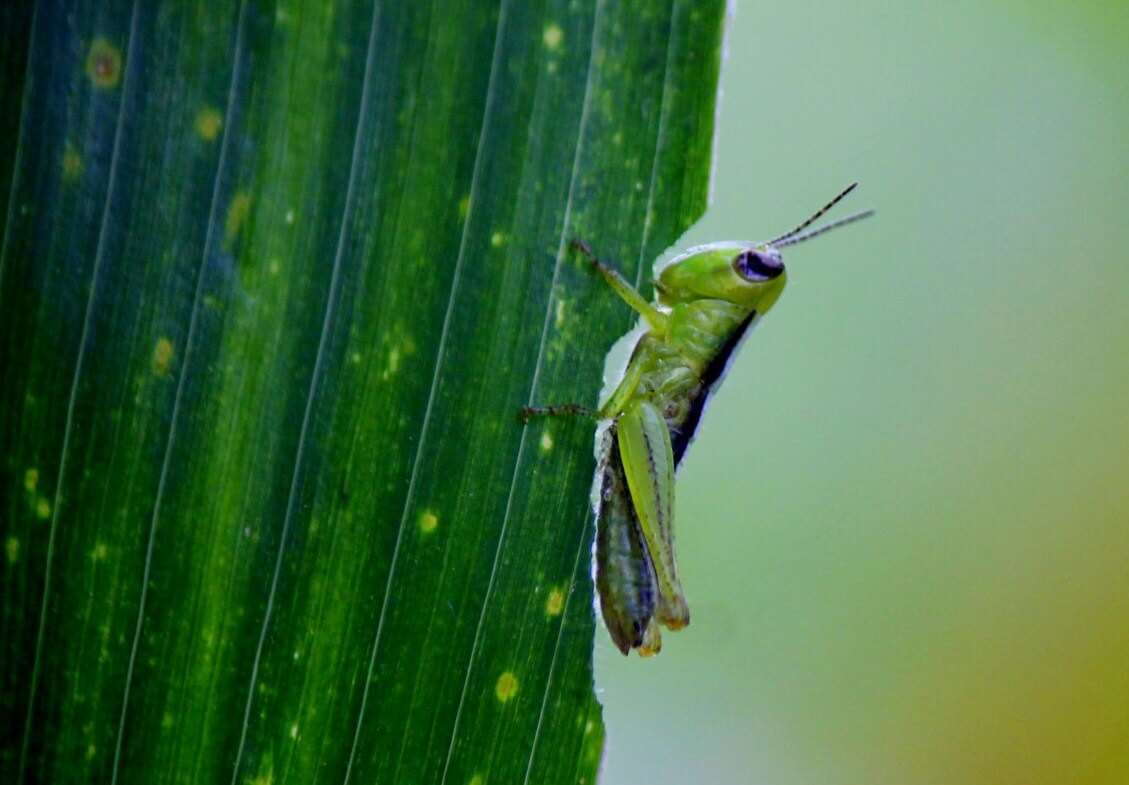
Even if you love plants – or know a lot about them – you might not be familiar with the sophisticated communications networks that they use to thrive and defend themselves.
Plants not as helpless as you might think. They’re constantly under attack from insects and bacteria – but they don’t just sit there and take it. On the contrary: they use high-tech communication and defense strategies to ward off these predators.
So how did researchers find this out? They detected the production of chemicals that make plants taste bitter to insects on leaves that were far away from those under attack. This suggested fast communication within a plant itself: as soon as, for example, a caterpillar chews a leaf on one side of a tomato plant, the leaves throughout the plant start producing the bitter tasting chemical to discourage the predator.
The next question was, how could damaged leaves signal so quickly to other leaves on the same plant? Swiss biologists, lead by Professor Farmer at the University of Lausanne, published findings in Nature showing the rapid propagation of electrical charge, which was likely to be along leaf and stem vessels. They attached electrodes to the leaves and found that certain signals travel quickly throughout the plant.

“plants possess elaborate regulatory mechanisms that efficiently coordinate the activation of attacker-specific defenses so that fitness costs are minimized, while optimal resistance is attained”.
Once a signal is received by another leaf, it produces a chemical called ‘jasmonate’. You can smell this yourself when you pull a tomato from its stalk or brush by a geranium. Plant scientists associate jasmonate with several physiological processes in plants linked to self-defense.
But this isn’t the whole story: plants have a complete armory and use a number of coordinated defense strategies supported by electrical signaling to repel their enemies. For example, the same scientists also identified a ‘reactive oxygen species’ response to leaf damage. In the same way that we talk about free radicals or oxidative stress after prolonged sun exposure in humans, plants are able to coordinate their defense reactions to these environmental stresses too.
According to Dutch researchers Koornneef and Pieterse, “plants possess elaborate regulatory mechanisms that efficiently coordinate the activation of attacker-specific defenses so that fitness costs are minimized, while optimal resistance is attained”.
In other words, plants are a lot smarter than we think. And at Vivent, we’re fascinating by this – and its potential. So we’re developing instruments that enable researchers to continue vital research into the defense mechanisms plants use to thrive, despite environmental stressors.
The possibilities of this research are both wide-ranging and exciting.




